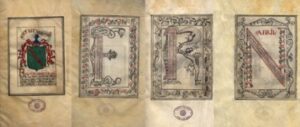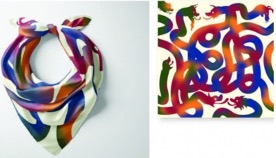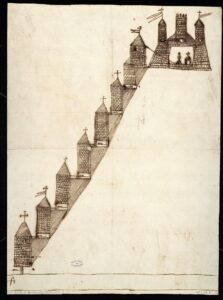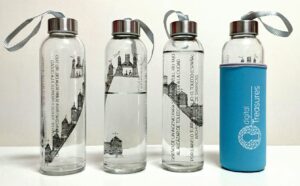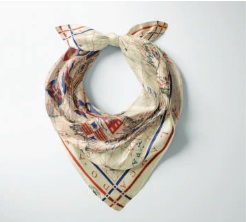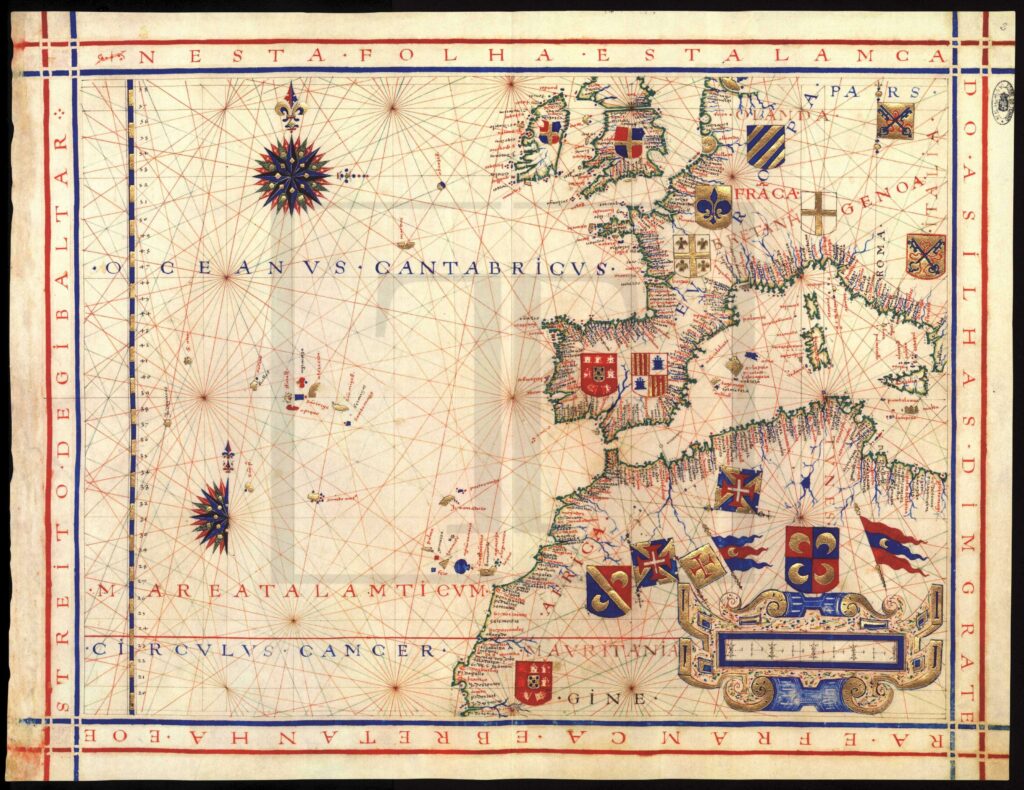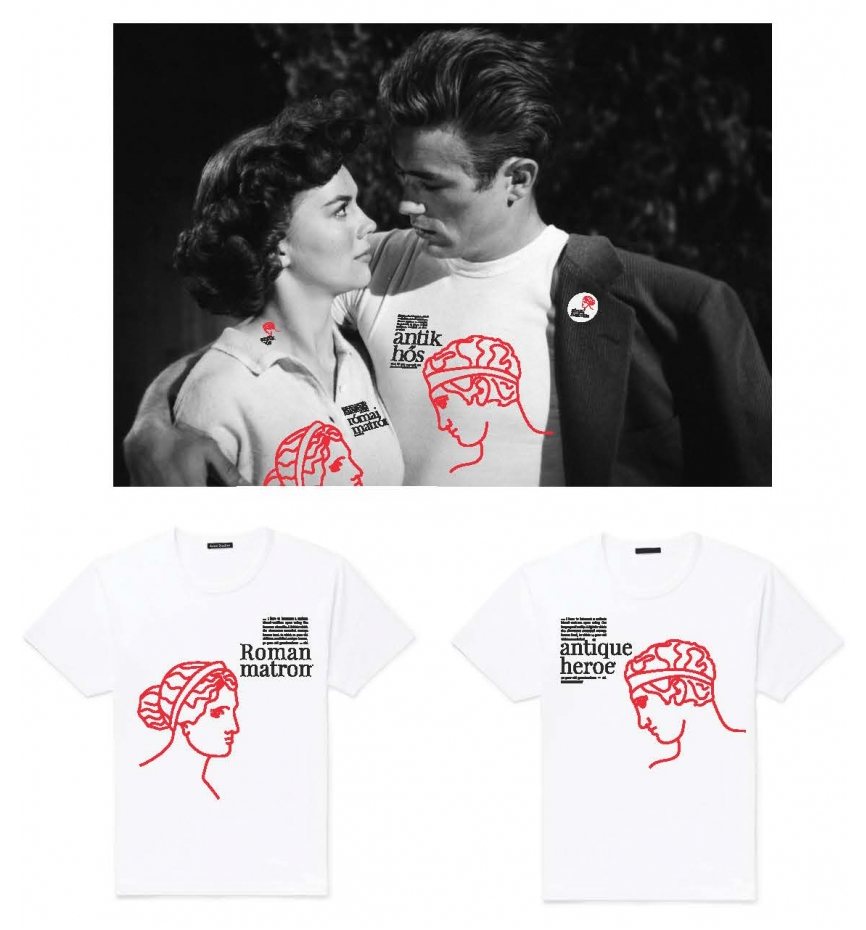We introduce a new merchandising product developed for the project “European Digital Treasures”. It’s a set of soaps whose fragrances and properties are inspired by the plants, colours and textures of the west coast of India.
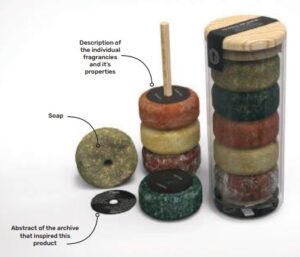
Every soap bar was produced using plants identified and described by Garcia de Orta in one of his 59 colloquies that constitute his work “Colloquies on the Simples and Drugs, and Medicinal Things of India, and on some fruits found there, where some things of practical medicine and other things good to know are addressed”, published in Goa, in April 10th, 1563. For each plant, the author, a Portuguese physician and botanist or naturalist, born in 1501, registered: the names in Portuguese, Greek, Latin, Sanscrit, Arabic and in several local dialects; the origin – the places where they spontaneously grew or were cultivated; the markets where they could be found; their characteristics, therapeutic uses and the way of administration.
All this knowledge was gathered and organized by Garcia de Orta over a period of more than thirty years spent in India. He left for India in March 12th, 1534 as the physician of the Captain-Major of the Sea of India, Martim Afonso de Sousa, whom he accompanied for four years, in campaigns on sea and land on the west coast of India, that took him from Diu to Ceylon and to the coast of Cambay. Orta went on an expedition to the region of Gujarat, was in the ports of northern India as well as inland, crossing the peninsula of Kathiawar, from Diu to Ahmedabad. He visited Concan, Canara and Malabar. At the end of 1538, Martim Afonso de Sousa returned to Portugal and Garcia de Orta stayed in Goa. He was the physician of viceroys, royal governors and Indian potentates. Orta was also a merchant, namely of drugs or of products of a medical nature, and owned his own ship.
This work by Garcia de Orta was selected for “Exhibition no. 3, The European Discoveries: From the New World to New Technologies“, organized for the project “European Digital Treasures”.
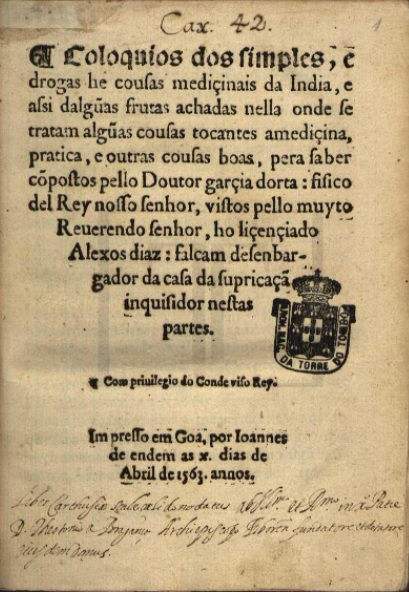
The document’s complete description, produced by the archive that holds it, the Arquivo Nacional da Torre do Tombo, is available online and can be accessed here.
This new merchandising product was created by the Portuguese designers Diogo Bessa, Mário Fonseca and Ana Catarina Silva, of the School of Design of the Instituto Politécnico do Cávado e do Ave (IPCA), and the several stages of the process of creation and development are shown in this video.
Lucília Runa, Senior Archivist / E-administration and innovation, General Directorate of Books, Archives and Libraries, Portugal
Ana Isabel Fernandes (trad.), Senior Technician / Communication Office, Torre do Tombo National Archive, General Directorate of Books, Archives and Libraries, Portugal

